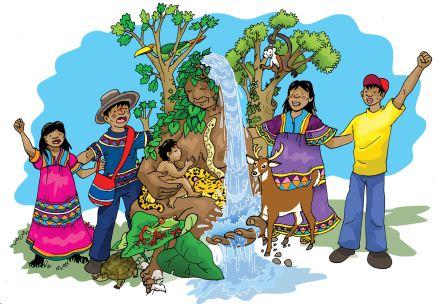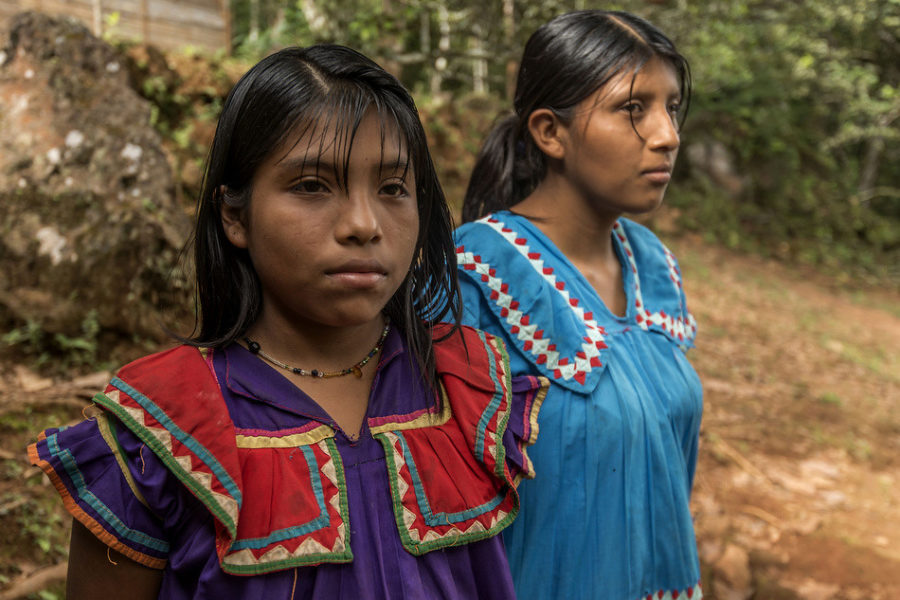
The closely related, Ngöbe and Buglé, are two groups whose languages are mutually unintelligible. The largest group, the Ngöbe, speak Ngöbere, while the smallest group, the Buglé, speak Buglere, both are members of the Chibchense language family. Together, these two groups constitute the largest indigenous population in Panama.
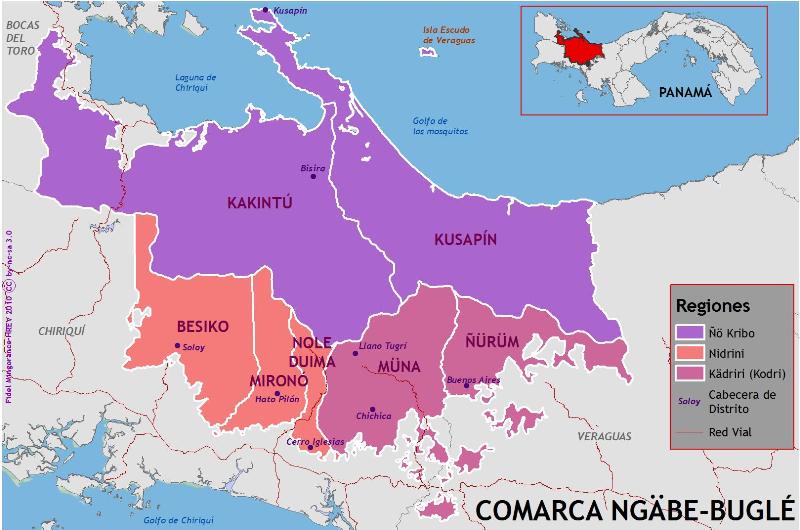
The Ngöbe-Buglé generally live in stick houses with a grass or zinc roof and a dirt floor, the houses of the richest families may have cement floors. In each house there is a platform under the roof that is used for food storage and there are several platforms for beds. They are usually near rivers or valleys
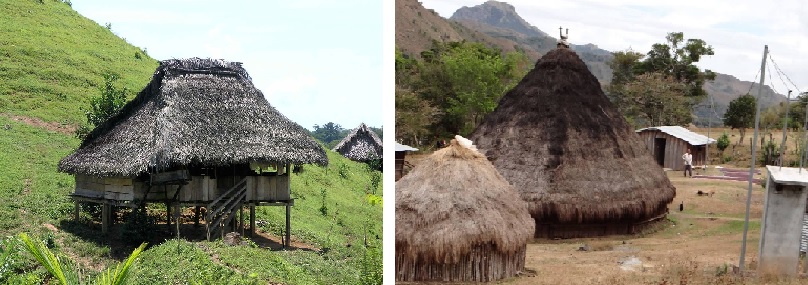
¨Chácaras¨, resistant bags made of vegetable fibers, are used both as storage units and for transporting materials. Sometimes you can even see infants being transported in a chacara. Some women also make these bags to sell thus participating in the informal economy.
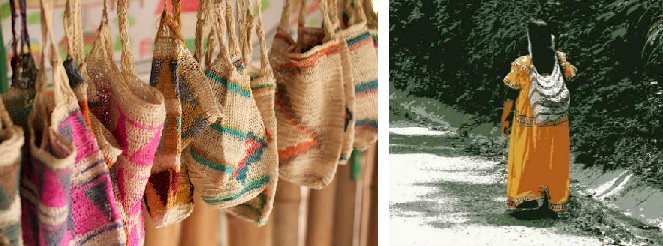
All families also have a few large kitchen pots called ¨pailas¨ and many keep ¨chicha¨ in the house, a fermented corn drink.
Ngöbe-Buglé men often wear homemade bell bottoms, straw hats, and rubber boots, while women wear brightly colored dresses with shoulder and neckline decorations and embroidered ribbons around the waist and side. lower, which is called ¨naguas¨. Women generally don’t wear shoes. These items are generally made at home with hand crank sewing machines and, like chácaras, are sold for additional income.
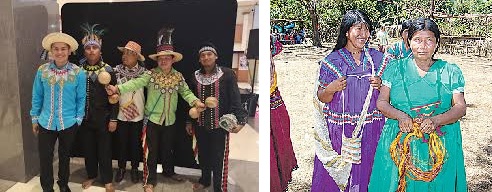
The beads, used in the past as ornaments for war, are used exclusively by men.

Filing of pointed teeth using a file to sharpen machetes is common among Ngöbe-Buglé men and women, although the practice is only carried out in more traditional areas.
The families are usually quite large, and the women often live together in large groups so that they can help each other in caring for the children. Social capital and reciprocity networks formed through kinship are important to reduce the vulnerability of economic and social resources, while creating opportunities for families to cooperate and take advantage of greater opportunities to help other members of their group of kinship to get ahead. Marriage and family relationships also play an important role in determining land ownership and use rights.
Agriculture is the subsistence base for most of its main crop products are corn, rice, coffee, bananas, beans and vegetables; in some regions, fishing and hunting of animals is practiced and others are dedicated to raising animals such as livestock and poultry.

The Ngöbe-Buglé woman plays a fundamental role because they are the ones who bear the responsibilities with their husbands in the agricultural aspect and mainly in the home; also, these are in charge of making the crafts.

The religion of the Ngöbe-Buglé (Guaymí) focused on the existence of spirits. These are divided into good and bad. When faced with some seemingly inexplicable phenomena, they do not hesitate to point out that a certain spirit is responsible for the events. Water for the Ngöbe-Buglé people is a divine being, it comes from Njöbo-Mama Tatda, creator god of the universe who fertilizes the Dobo tibiem (mother earth) and allows the reproduction of life. Therefore, it is a divinity that is present in lakes, lagoons, the sea, rivers, streams and all sources of water.
